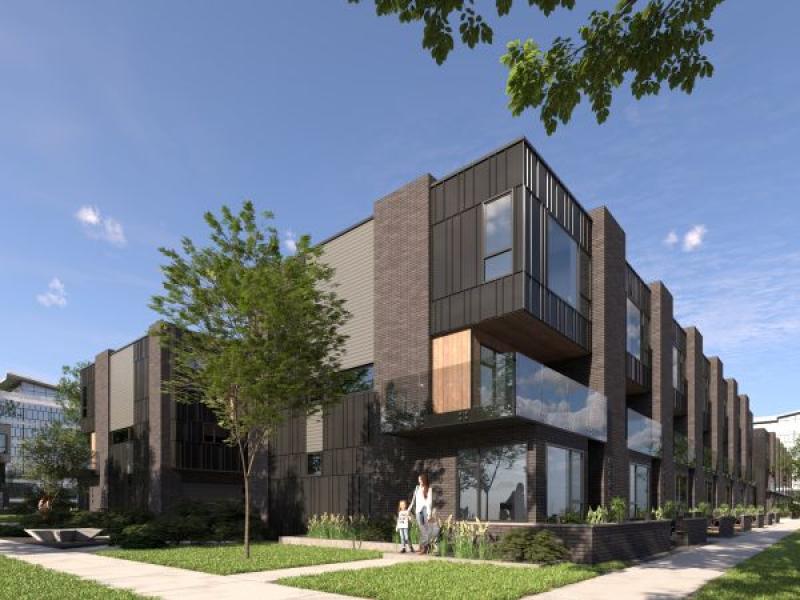
Living in Ontario's largest and most popular urban centres comes at a high price, according to a housing report compiled by real estate marketplace Point2Homes.
The Saskatoon-based division of Yardi Systems Inc. analyzed how much space would be available for $400,000 to prospective homebuyers in the 30 largest cities of Ontario. What the company found and has laid out statistically - not surprisingly - is a huge disparity between centres such as Toronto and Thunder Bay.
Downtown Toronto, Oakville and Vaughan offered the least space to a buyer with $400,000 to spend - under 500 square feet, barely a one-bedroom condo. Not surprisingly, cities well outside the province's largest urban areas offered the most; that $400,000 investment could get a buyer 1,000 feet or more of space in Thunder Bay, Chatham-Kent and Greater Sudbury.
“Our analysis goes to show a noteworthy disparity in housing affordability across Ontario,” Andra Hopulele, the writer of the study, said in an email exchange with RENX Homes. “While certain cities offer generous homes for $400,000, others offer limited living space within the same budget.
"This variation underscores the significance of factoring in location when evaluating housing affordability.”
Ontario’s price to space ratios
The price point of $400,000 was chosen because it is approximately half of the Ontario average home price in October 2023 ($855,990), which Point2 says better reflects housing affordability.
The most space for $400,000 was found in:
- Thunder Bay (1,325 square feet) at $302 per square foot;
- Chatham-Kent (1,081 square feet) at $370 per square foot;
- Greater Sudbury (1,000 square feet) at $400 per square foot;
- Kingston (950 square feet) at $421 per square foot; and
- London (941 square feet) at $425 per square foot.
The least space for $400,000 was found in:
- Downtown Toronto (395 square feet) at $1,103 per square foot;
- Oakville (493 square feet) at $811 per square foot;
- Vaughan (494 square feet) at $809 per square foot;
- Markham (516 square feet) at $775 per square foot; and
- Burlington (519 square feet) at $770 per square foot.
Hopulele said the types of housing which can be bought at that price point can widely vary, depending on the local market and demand. In Toronto, condos and smaller single-family homes may be more common, while cities with lower price points may offer more larger single-family homes or townhouses which might include outdoor living space as well.
Though Point2 does not analyze moving trends, Hopulele said “we can assume the affordability crunch in major cities can be among the driving factors for people considering alternative locations that offer more space at a more reasonable price.”
Citing Statistics Canada's mid-year update of demographics trends, Alberta and Prince Edward Island have experienced the biggest (proportional) population increases because of their more affordable housing markets, she said.
Point2 does not offer a historical perspective to contrast the latest findings. Hopuelele said the housing market is “dynamic and subject to various factors” that can influence housing space and affordability over time.
Trade-offs for lifestyle
Though housing costs in cities like Toronto are much higher than other centres, Point2 does identify why some people may choose to stay despite the tight spaces and housing budgets.
The lifestyle in bustling cities may be enough of a draw, as well as the job opportunities.
“Although we can't say that everyone prefers the big city life,” Hopuelele said, “the financial and lifestyle opportunities that larger cities provide have always been a magnet for most people.”
But housing affordability challenges may push people to look for smaller cities that present a compromise between space and city conveniences, she continued.
Some cities in the middle include Barrie, Ajax, Whitby, Brampton, St. Catharines and Pickering – going from 719 square feet for $400,000 in Barrie to 640 square feet for $400,000 in Pickering. All are also located within the Greater Toronto Area, or just outside the GTA, offering at least some access to its job opportunities and amenities.










